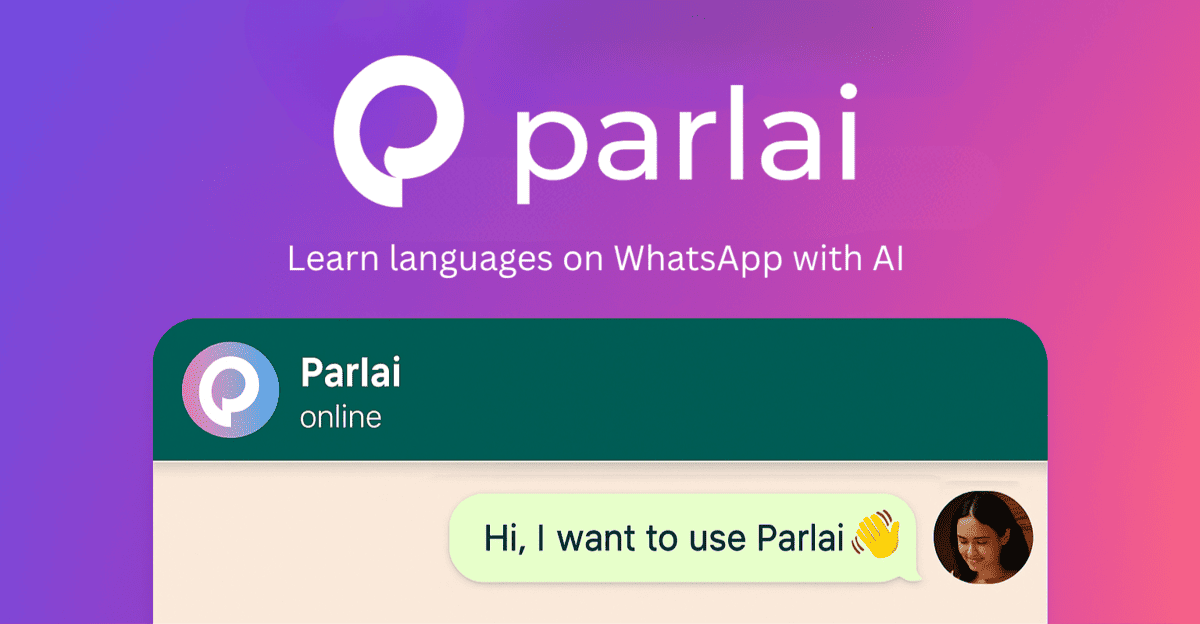Native Language: Understanding Your First Language

Practice with Parlai on WhatsApp
Get instant speaking and listening drills, anytime.
What is a "native language"? It seems simple, but the definition matters for language learning, identity, and communication. Here's what it really means.
What Is a Native Language?
A native language (also called first language, mother tongue, or L1) is the language you:
- Learned from birth or early childhood
- Speak most naturally and fluently
- Use for thinking and complex communication
- Understand without conscious translation
Characteristics of Native Language
Natural Acquisition
- Learned naturally, not through formal instruction
- Acquired during critical period (birth to age 5-7)
- Learned through immersion and interaction
Fluency Level
- Highest level of proficiency
- Intuitive understanding of grammar and usage
- Native-like pronunciation and accent
- Understanding of cultural nuances and idioms
Cognitive Processing
- Used for thinking and problem-solving
- No translation needed—direct comprehension
- Natural expression and creativity
Native vs. Second Language
Native Language (L1)
- Learned from birth/early childhood
- Natural, intuitive use
- Highest proficiency level
- Cultural understanding
Second Language (L2)
- Learned after native language
- Requires conscious learning
- Usually lower proficiency
- May require translation
Why Native Language Matters
For Language Learners
- Understanding your native language helps learn others
- Comparing structures aids learning
- Recognizing differences prevents mistakes
- Translation skills when appropriate
For Identity
- Often tied to cultural identity
- Connection to heritage and family
- Part of personal identity
Bilingual/Multilingual Native Speakers
Some people have multiple native languages:
- Raised speaking two languages from birth
- Both languages are L1 (not L1 and L2)
- Equally fluent in both
- Can think in either language
Using Your Native Language as a Learning Tool
Advantages
- Understand grammar concepts
- Compare structures
- Recognize patterns
- Translate when helpful
When to Avoid
- Over-reliance on translation
- Word-for-word translation
- Using native language as crutch
Language Learning Perspective
Understanding your native language helps you:
- Learn other languages more effectively
- Recognize linguistic patterns
- Appreciate language diversity
- Communicate across languages
Embrace Your Native Language
Your native language is a strength—use it wisely in language learning. Understand its structures, compare with new languages, but aim for thinking directly in your target language. Try Parlai and practice your target language through conversations, moving toward natural, intuitive use.
Ready to Start Your Language Learning Journey?
Join thousands of learners who are already improving their language skills with Parlai.
